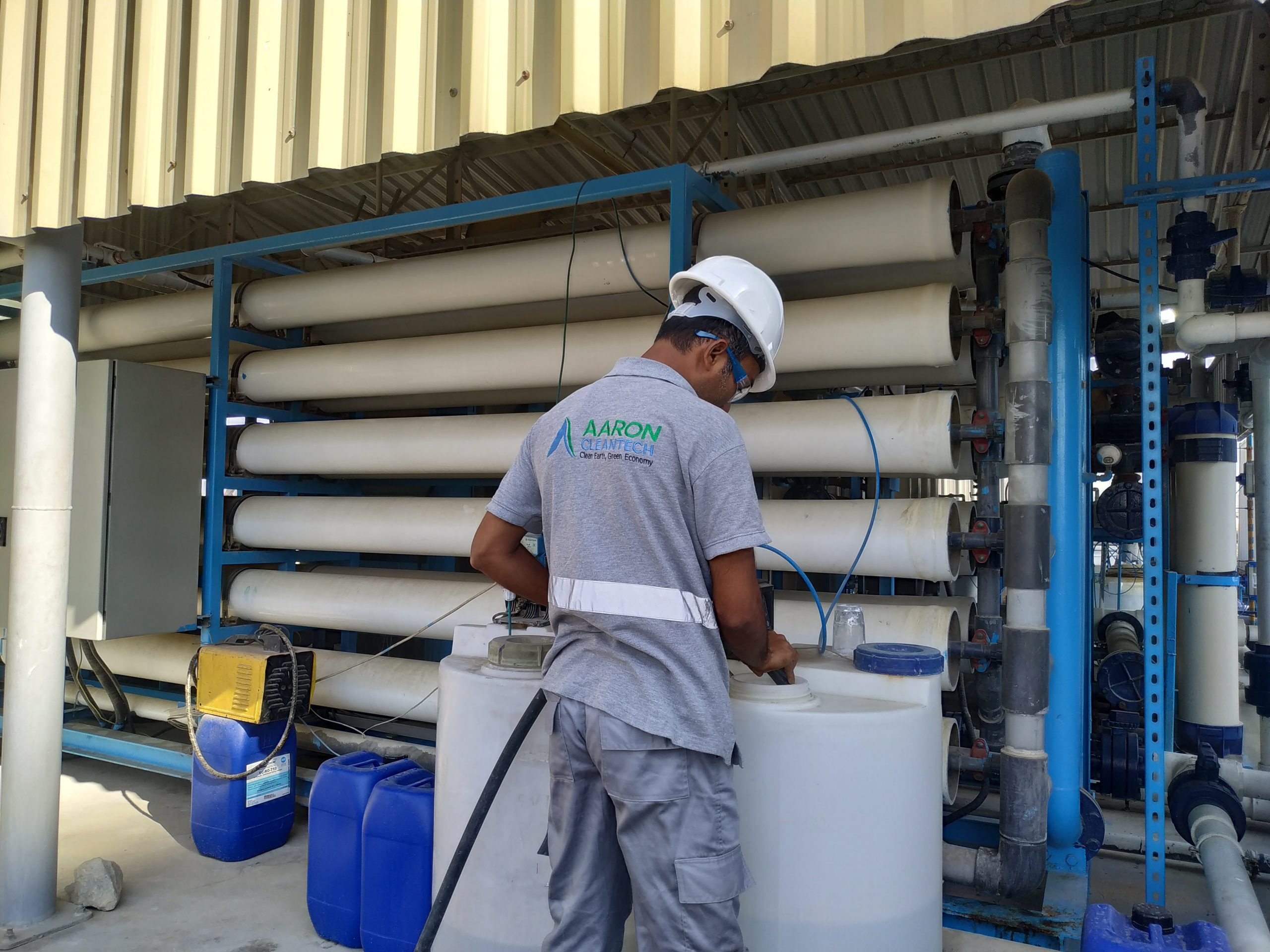Reverse Osmosis (RO) systems play a critical role in ensuring access to clean and safe drinking water by removing impurities through a semi-permeable membrane. To optimize the performance and longevity of these systems, it is important to understand their key components and their functions. Below is an in-depth look at the 15 essential components of an RO plant:
1. Feed Pump
The feed pump is the starting point of the RO process, pressurizing the feed water to drive it through the RO membrane. This pressure is crucial for separating impurities from water efficiently.
2. Multimedia Filter
A multimedia filter is made up of layers of sand, gravel, and anthracite. It removes suspended solids and large particles, ensuring the membrane remains free of fouling and blockage.
3. Antiscalant Dosing System
This system adds chemicals to the water that prevent scaling on the membrane surface, significantly extending its operational life.
4. Microfiltration Units
Microfiltration units provide an extra level of filtration by removing smaller particles, including bacteria and viruses, thereby enhancing the quality of the feed water.
5. System Pump
The system pump maintains the necessary pressure levels within the RO system, ensuring smooth and efficient operation throughout the process.
6. Pressure Vessels
These vessels house the RO membranes and are designed to withstand the high pressures required during the reverse osmosis process.
7. RO Membranes
At the heart of the system, the RO membranes perform the critical task of separating impurities from water, ensuring high-quality filtration.
8. Post-Treatment
Post-treatment involves processes such as pH adjustment and remineralization, which improve the taste and quality of the purified water, making it safe and consumable.
9. Instrumentation and Controls
Modern RO systems are equipped with monitoring devices that track parameters like pressure, flow, and water quality, ensuring the system operates at optimal conditions.
10. Pressure Control Valve
The pressure control valve regulates pressure within the system, preventing damage to components and ensuring efficient operation.
11. Piping System
An intricate network of pipes carries water through the different stages of the RO process, connecting all the components seamlessly.
12. Skid or Frame
The skid or frame serves as the structural backbone of the RO plant, keeping all components securely in place and organized.
13. Pre-Treatment Equipment
Pre-treatment systems, such as softeners and dechlorinators, prepare the feed water by removing hardness and chlorine, protecting the RO membranes from damage.
14. Clean-in-Place (CIP) System
A CIP system allows for on-site cleaning of membranes and other components without disassembling the system, maintaining efficiency and reducing downtime.
15. Energy Recovery Devices
These devices capture and reuse energy from the high-pressure concentrate stream, reducing operational costs and improving overall energy efficiency.
Why Understanding These Components Matters
Each component of a reverse osmosis system is vital for its smooth operation, efficiency, and longevity. By understanding the roles and functions of these parts, operators can ensure the consistent delivery of high-quality purified water while reducing the risk of system failure and maintenance costs.
Reverse osmosis technology is a cornerstone of modern water treatment, and its success hinges on the harmony of these components working together.

